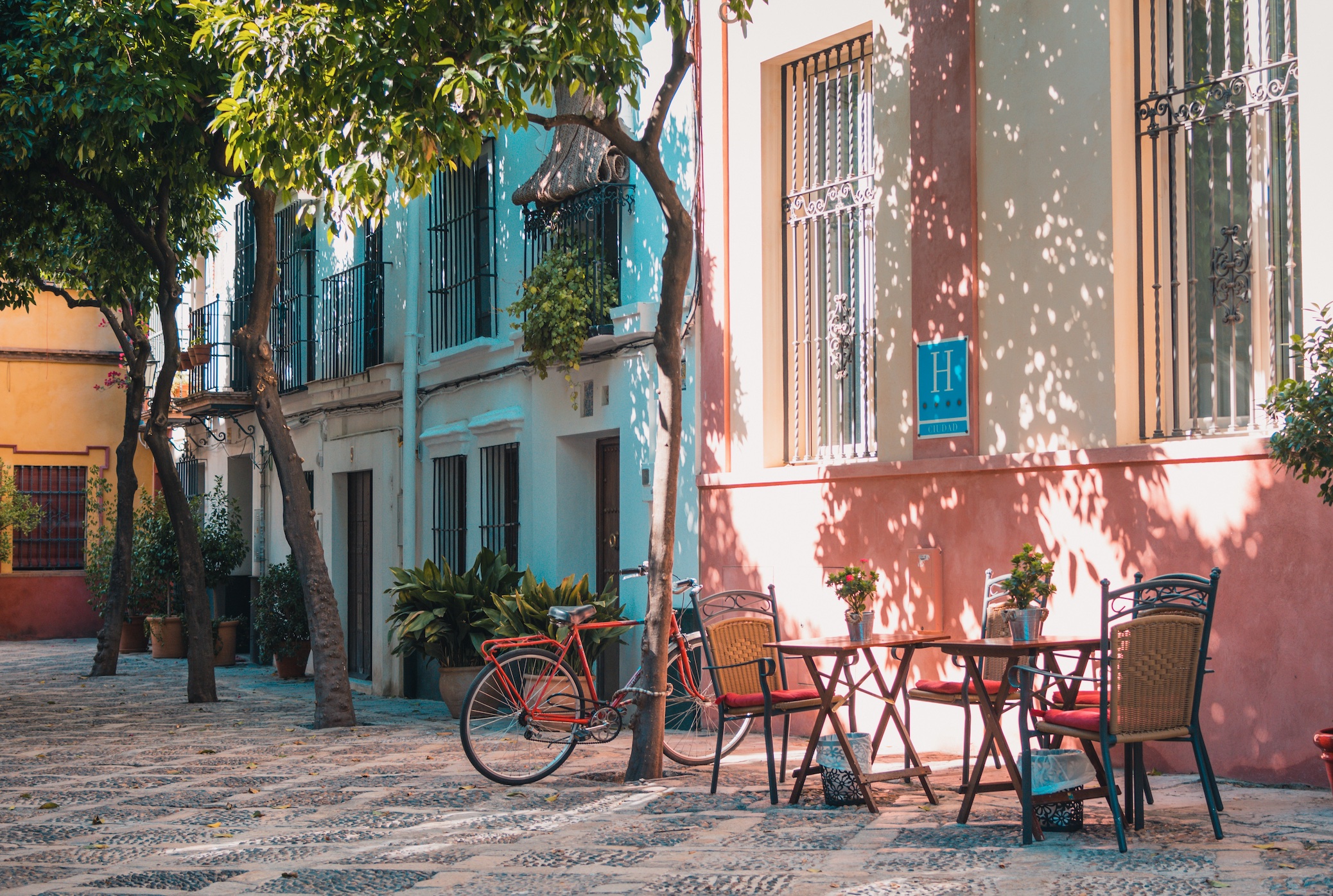High vehicle speeds are one of the biggest contributors to fatal cyclist accidents.
Bicycle safety in the United States is a growing concern as fatality rates continue to climb despite efforts to improve infrastructure and public awareness. But where are these fatalities most prevalent, and what factors contribute to such high numbers? This article ranks states by bicycle fatality rates per capita and investigates whether states with more bike lanes are truly safer and whether rural roads pose a greater risk to cyclists than congested urban streets.
Ranking the Most and Least Dangerous States for Cyclists
According to the latest data, 1,005 cyclists were killed, highlighting an urgent need to examine the states where cyclists are most at risk. The rankings are based on the number of cyclist fatalities per million residents, using the most recent data from sources including the National Highway Traffic Safety Administration (NHTSA) and the Insurance Institute for Highway Safety (IIHS). The top five most dangerous states are:
- Florida (10.4 deaths per million residents)
- Louisiana (9.3 deaths per million residents)
- New Mexico (8.7 deaths per million residents)
- South Carolina (8.5 deaths per million residents)
- Arizona (7.9 deaths per million residents)
Conversely, the safest states — those with the lowest cyclist fatality rates — include:
- Wyoming (0.1 deaths per million residents)
- Vermont (0.1 deaths per million residents)
- Alaska (0.1 deaths per million residents)
- Rhode Island (0.1 deaths per million residents)
- New Hampshire (0.1 deaths per million residents)
Why Are Some States More Dangerous for Cyclists?
Infrastructure Deficiencies in High-Fatality States
The states with the highest bicycle fatality rates — particularly Florida, Louisiana, and South Carolina — share common infrastructure challenges that contribute to deadly outcomes. Wide, high-speed roads, poor urban planning, and a lack of dedicated cycling lanes increase the risks for cyclists. Many of these states also have sprawling suburbs where roads are designed primarily for cars, forcing cyclists onto dangerous highways or streets with minimal safety accommodations.
Florida, for instance, has been ranked the most dangerous state for cyclists for years, largely due to its auto-centric road designs and lack of protected bike lanes in key metro areas like Miami, Tampa, and Orlando. Despite efforts to increase bike lanes, many of Florida’s cycling deaths occur at intersections and multi-lane highways where vehicles travel at high speeds.
Rural vs. Urban Risk Factors: Where Are Cyclists More Likely to Die?
While urban areas account for 83% of all fatal bicycle accidents, rural states often have higher per-capita fatality rates because of worse emergency response times, lack of designated bike lanes, and higher vehicle speeds. Rural roads often lack shoulders, forcing cyclists into the same lanes as fast-moving cars. Louisiana and New Mexico, both of which rank among the most dangerous states for cyclists, have significant rural cycling deaths due to these conditions.
On the other hand, urban areas present a different set of dangers. Cities with poor traffic enforcement, high congestion, and a large number of right-turning vehicles see high rates of cycling fatalities. In places like New York and Chicago, while more cyclists are on the road, well-developed cycling infrastructure has helped reduce per-capita fatalities despite an increase in bike usage.
The Role of Bike Lane Infrastructure in Reducing Fatalities
States with lower bicycle fatality rates — such as Massachusetts, Vermont, and Oregon — have invested heavily in protected bike lanes, traffic-calming measures, and cyclist-friendly urban planning. Research consistently shows that separated bike lanes reduce cyclist fatalities by up to 90% in high-traffic areas.
In Portland, Oregon (one of the most bike-friendly cities in the US) cycling deaths remain lower than in many similarly populated cities. This is largely due to the city’s extensive bike lane network and traffic laws that prioritize non-motorized road users.
Legal Framework and State-Specific Bicycle Laws
Each state in the U.S. has its own legal framework governing cycling safety, with varying levels of enforcement and protective measures. Here are some of the major legal strategies states have implemented:
1. Safe Passing Laws
Many states have enacted laws requiring motorists to provide a minimum safe passing distance when overtaking cyclists. The most common standard is three feet, but some states — like Pennsylvania and Virginia — mandate at least four feet. California’s Three Feet for Safety Act has been widely cited as a model law that other states could adopt to ensure safer road-sharing practices.
2. Vulnerable Road User (VRU) Laws
A growing number of states have implemented Vulnerable Road User (VRU) laws, which impose stricter penalties on drivers who injure or kill cyclists and pedestrians. Oregon, Washington, and Colorado have some of the strongest VRU laws, significantly increasing penalties for reckless driving that results in harm to cyclists.
3. Helmet Laws and Their Impact
Helmet laws vary widely across the U.S. While 22 states and Washington D.C. require helmets for cyclists under 18, no state mandates helmets for all ages. However, research shows that helmet use dramatically reduces fatal head injuries. Some safety advocates argue that universal helmet laws could further reduce fatalities, though opponents worry such laws might discourage cycling altogether.
4. Red Light and Stop Sign Laws
Certain states, including Idaho, Delaware, and Arkansas, have adopted “stop-as-yield” laws (sometimes called the Idaho Stop), which allow cyclists to treat stop signs as yield signs and red lights as stop signs. Data from Idaho suggests this policy improves cycling safety by reducing intersection-related crashes, though critics argue it creates confusion for motorists.
5. Distracted Driving and Bike-Specific Protections
Texting while driving is a major contributor to cyclist fatalities. All states except Montana have some form of distracted driving law, but enforcement varies. States like New York and California impose severe penalties for using mobile devices behind the wheel, particularly in zones with high cyclist traffic.
6. Hit-and-Run Laws and Increased Penalties
Hit-and-run incidents involving cyclists are disturbingly common in high-fatality states. States like Florida and Texas, where hit-and-run cycling fatalities are prevalent, have begun increasing criminal penalties for drivers who flee the scene. In Florida, leaving the scene of a crash resulting in serious injury now carries the same penalties as DUI manslaughter.
What Can Be Done to Improve Bicycle Safety?
Instead of relying on painted bike lanes, cities need to invest in physically separated cycling infrastructure. Studies show that protected bike lanes can reduce injuries and fatalities significantly by creating a clear separation between cyclists and motor vehicles.

- Laws should mandate dedicated, physically protected bike lanes on all major roads with high cyclist activity.
- State funding should be allocated specifically for urban cycling infrastructure projects, similar to programs seen in the Netherlands and Denmark.
- City zoning regulations should require developers to include protected cycling routes in new urban developments.
High vehicle speeds are one of the biggest contributors to fatal cyclist accidents. A cyclist hit by a car traveling at 40 mph has an 85% chance of dying, compared to a 25% fatality rate at 20 mph.
Implementing lower speed limits in bike-heavy zones — such as school districts, downtown areas, and residential streets — can drastically reduce fatal accidents. New laws should include automated speed enforcement cameras in designated cycling areas. Traffic calming measures such as speed bumps and curb extensions could also force drivers to slow down.
States should also require mandatory bicycle awareness education in driver’s licensing programs, similar to European models. PSAs and advertising campaigns should be funded at the state level to improve public awareness about sharing the road with cyclists.


Join the conversation!